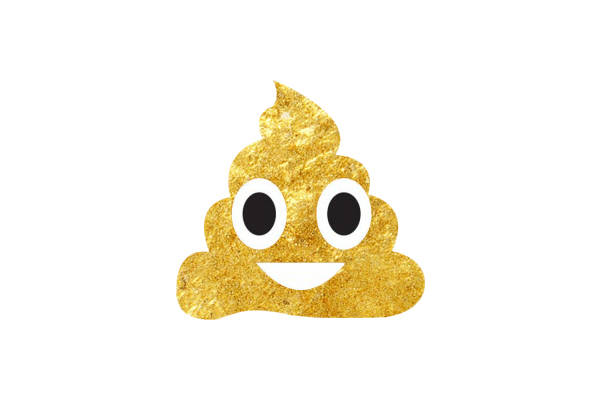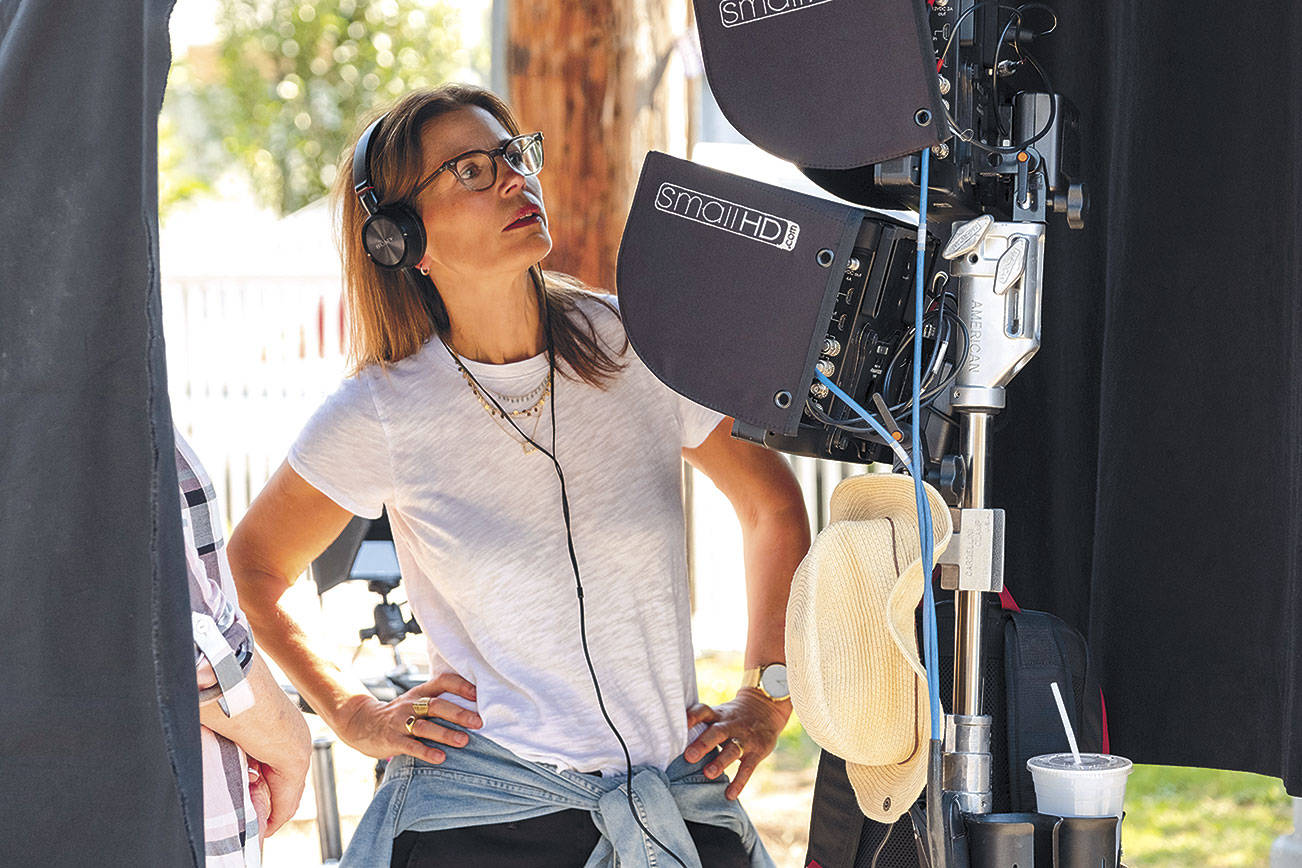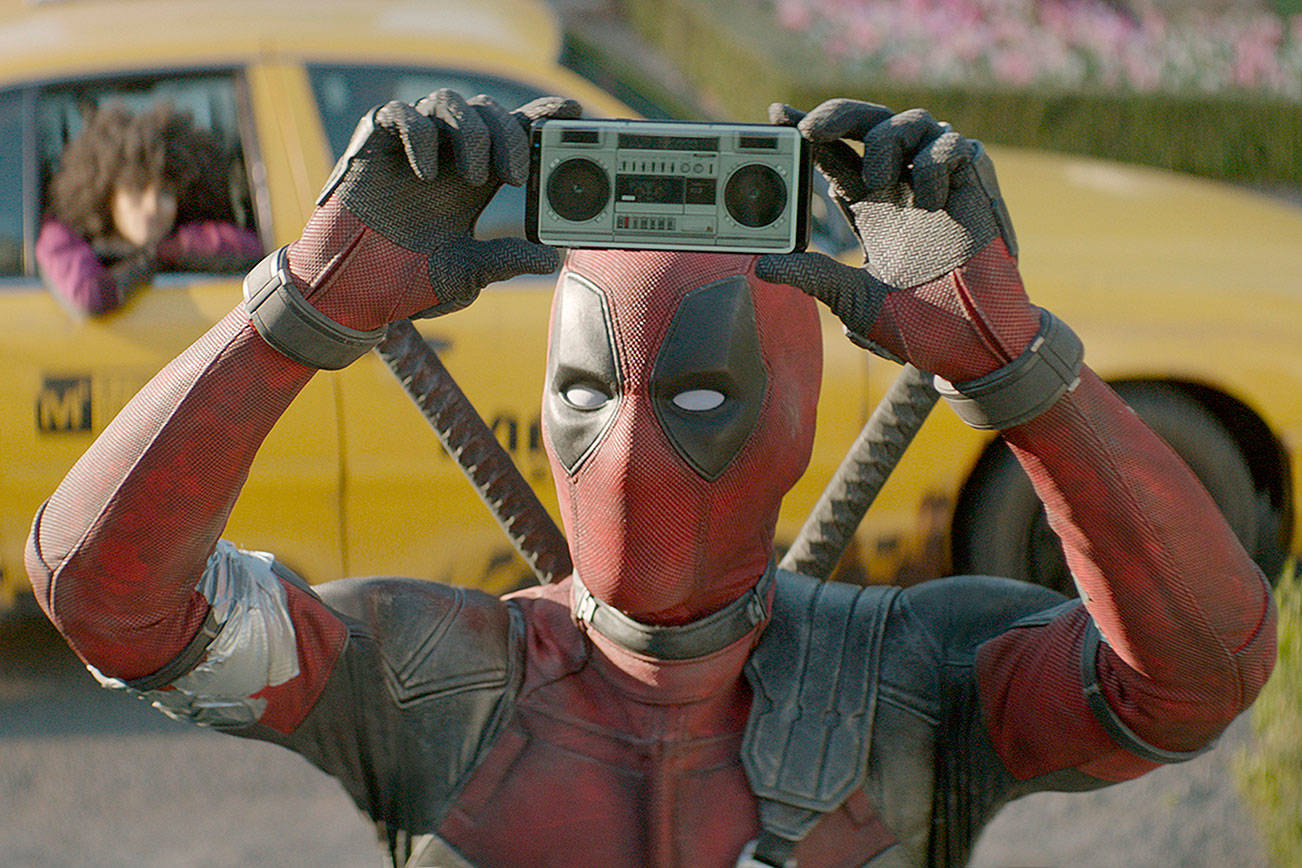“A movie that prompts most of its viewers to ask for their money back—before even 30 minutes have passed.” That’s how Variety’s chief film critic described The Room upon its initial 2003 release, in a review too dismissive to even warrant 200 words. The oddball independent film, financed almost entirely by its ambiguously accented writer/director/star Tommy Wiseau, is still screening across the nation 13 years later, selling out theaters like Seattle’s Central Cinema for the same reasons it prompted so many walkouts at its premiere.
“The first time I saw it with people, I had no idea how many plastic spoons were going to get thrown,” says Doug Willot, program director at Central Cinema.
Though Wiseau clearly intended his film as a sobering drama, it’s achieved cult fame instead as a delirious unintentional comedy. It’s also a conduit for audience participation—such as the copious-spoon throwing, prompted by a framed photo of a spoon that appears in the background of many scenes.
The Room is just one of the most baffling recent additions to a strange subgenre of cult films considered “so bad, they’re good,” wherein the entertainment value comes from lampooning a film’s flaws rather than appreciating its merits. In a media landscape dominated by home viewing, these niche screenings of poorly received films offer a real theatrical experience that actually gets butts in seats at independent theaters across Seattle and the country.
Central Cinema surely has the most diverse roster of “bad” films, for lack of a more nuanced term, but its screenings are never just screenings. Most often, the theater employs Hecklevision, an app that lets audiences text jokes and other commentary about the film they’re watching as they’re watching it. Once the text is sent, it appears on the bottom of the theater screen, allowing the entire audience to ridicule the film to their heart’s content without yelling over half the lines.
Before he was Central Cinema’s programmer, Willot acted as “public defender” for the theater’s Film Court, another regular feature wherein films of questionable quality are put on trial for “cinematic crimes.”
The appeal of bad movies extends beyond independent theaters, though. Kristina Ciari, director of membership for Seattle outdoor recreation club The Mountaineers, pioneered a free bad-movie night as a way to build community and raise awareness about the nonprofit organization.“I had a friend who was joking with me, saying we really need to have a bunch of friends over and have a bad-movie night,” Ciari explains. “That escalated to me saying, ‘Let’s do it with The Mountaineers and invite everybody.’
In keeping with The Mountaineers’ focus, the films screened at each bimonthly event “demonstrate just how poorly the sports we enjoy are depicted in film.” Highlights from previous screenings include Vertical Limit, a 2000 film whose plot hinges on mountain climbers carrying canisters of explosive nitroglycerine.
Yet another approach comes from Jet City Improv, where a feature called Twisted Flicks is consistently one of the venue’s biggest draws. It’s also maybe the most demanding on the performers, who have to watch each month’s movie a half-dozen times or more before redubbing it live based on audience suggestions. “We have to have a good grasp of how long each piece of dialogue is,” says ensemble member Joe Koenen, who performed in the very first Twisted Flicks show back in 1997. “If the real line is ‘Go, now!’ we want to be sure we don’t try to improvise a sonnet over the top of that.”
Scarecrow Video often screens forgotten B-movies of yesteryear that could easily qualify for the Twisted Flicks or Hecklevision treatment, but Matt Lynch, the video library’s marketing coordinator, believes there’s a danger to labeling films as “so bad they’re good.” “I think there are plenty of movies that get labeled as bad, but actually have some artistry of their own,” says Lynch. “If you’re watching it just to crack jokes, you’re not actually seeing the film.”
Lynch cites blaxploitation films as a prime example. The ’70s subgenre of exploitation film gave amateur filmmakers an opportunity to express themselves and portray their culture on film in a way that predominantly white Hollywood studios weren’t. Because of their meager production values and what Lynch calls the “Mystery Science Theater mind-set,” it’s easy to look past the unique merits of vital outsider art films like Dolemite and Sweet Sweetback’s Baadasssss Song. “I think just that lack of polish is enough to make people stop looking and assume something is bad because it’s outside the mainstream,” he says.
True, the films shown at these screenings aren’t uniformly “bad.” Both Hecklevision and Twisted Flicks encompass a wide swath of movies that aren’t always so easily labeled, including famously terrible independent films like Troll 2, big-budget misfires like Waterworld, and dated classics like Creature From the Black Lagoon. “We’re very particular about the bad films we show for Hecklevision,” Willot says. “A running theme seems to be things that move quickly and that people can make fun of, but with enough action or ridiculous moments to keep you continuously engaged, if only by the amazement that the movie actually exists.”
The venues themselves play an integral part in keeping their audience engaged, usually finding some supplemental material to go with their latest “bad” film:. The Mountaineers host costume contests and giveaways, while Central Cinema partners with the Pacific Science Center, among others, to provide context for the weird science of Hecklevision films like Anaconda or Twister. These screenings, then, aren’t linked exclusively by the poor quality of the films shown—which is, of course, subjective—but instead by a degree of audience participation that you simply don’t get at more conventional screenings.
“A few years back, someone at Central Cinema tried to do a bad-movie series that didn’t do very well,” Willot recalls. “With Hecklevision, making it interactive was the key.”
At a “good” movie, adds Koenen, “you have to sit and be quiet and considerate while the movie unfolds. But bad movies invite live commentary, stopping, starting, and rewatching certain parts just to bask in the terribleness.”
The pinnacle of audience participation undoubtedly occurs at Central Cinema’s screenings of The Room, which frequently include creative costumes, audience chants, and Q&A appearances with visiting cast members. In that way, The Room has become an unlikely successor to the enduring cult classic The Rocky Horror Picture Show, despite being a far worse film on almost every objective level.
“There’s something about that film that people grab onto. It’s made with a lot of heart,” says Willot. “It feels like Tommy [Wiseau] truly believes in every moment of the movie, even that ridiculously terrible sex scene. I think that’s part of it—there’s nothing about it that’s trying to be ironic.” That lack of irony, of course, is central to The Room’s enduring comedy. Still, it’s possible that the audiences who turn out to see it month after month are able to look past the poorly shot exterior and find not just something to laugh at, but something to love.
“Seeing someone try and fail reminds us that we’re all human,” Koenen says. “It makes us want to reach out to them and say, ‘Valiant effort. Good try. You’ll get ’em next time, champ.’ ”
film@seattleweekly.com







